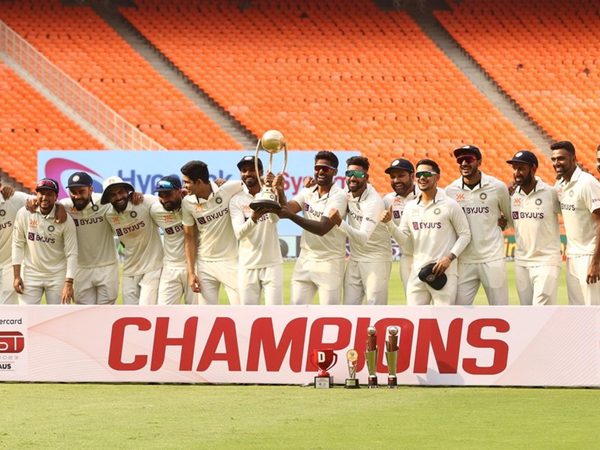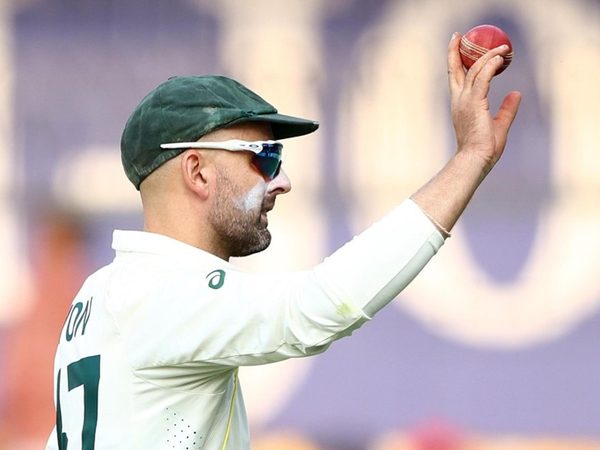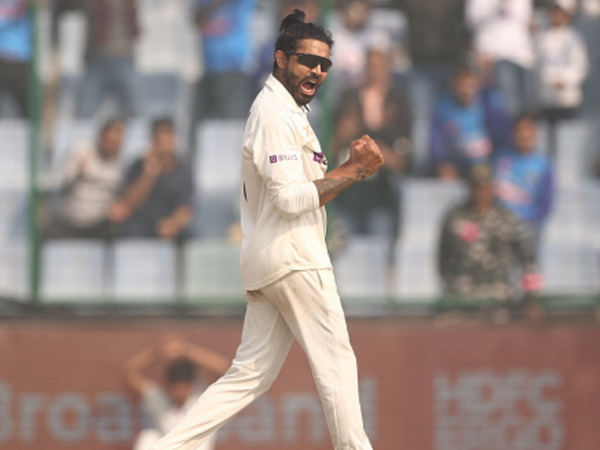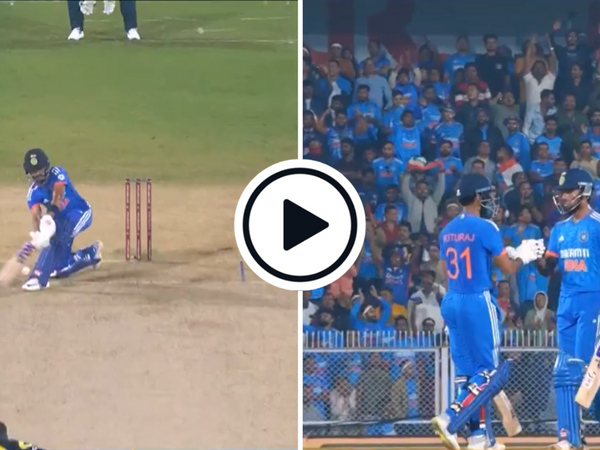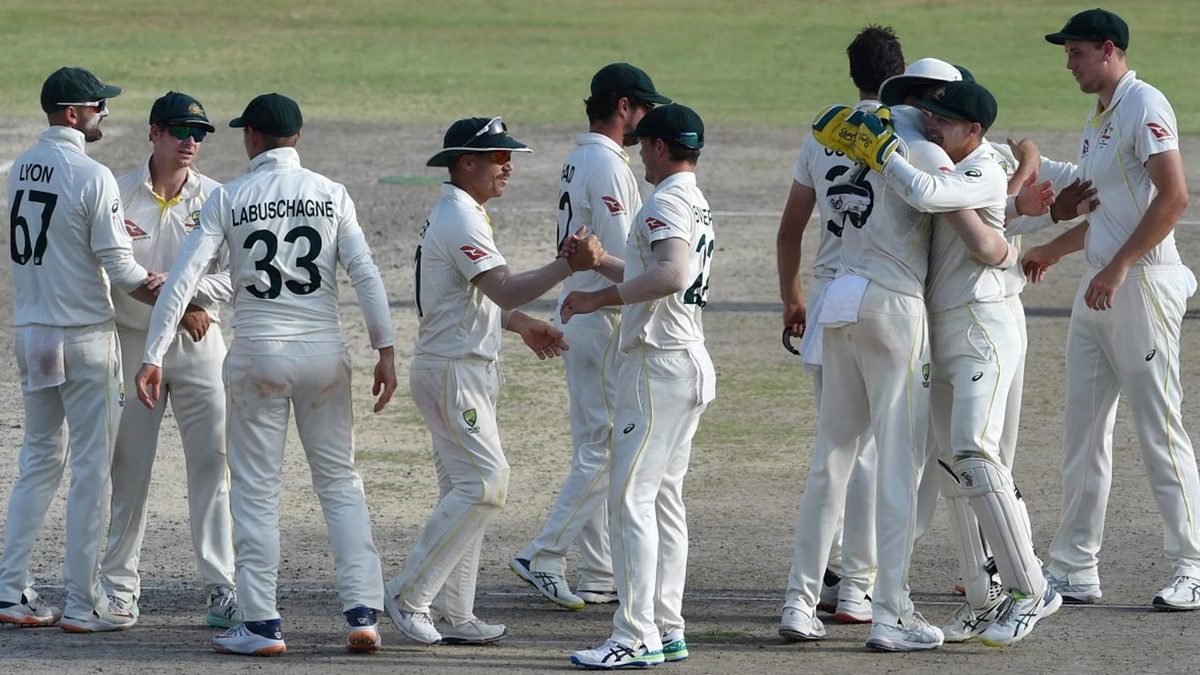
Australia’s summer of four wins, one draw was perhaps expected. The India tour, on the other hand, is likely to pose a serious problem.
Let us understand the enormity of the challenge that lies ahead of Australia. Barring the 2-1 triumph in 2004/05, they have not won a Test series in India since 1969/70. And since 2004/05, they have won once – on that Pune pitch of 2016/17 – drawn three, and lost 10.
What is worse, they have even been unable to beat India at home. Some had attributed the 1-2 defeat in 2018/19 – their first against India at home – to the absence of Steve Smith and David Warner. But when India won again, in 2020/21, the tourists were the depleted side: they even reached a point where they had to field their net bowlers to assemble an XI for the decider in Brisbane.
Australia’s performance against India over the past few years has, in fact, been among their worst ever against an opposition. And for Australia, the word ‘ever’ is as old as Test cricket.
Yet, recent history against India is only part of their problem.
Australia have not travelled of late
Like every other streak, India’s dominance over Australia in men’s Test cricket is likely to end at some point. That may happen on this tour – but even if it does, there is no indication to that at this point.
There are several reasons behind that. To begin with, since cricket resumed after the global lockdown, Australia have played fewer Tests away from home (five) than anyone barring Afghanistan (two), Zimbabwe (two), and Ireland (none). On their two tours, they beat Pakistan 1-0 – but that was on three flat pitches that are likely to have little resemblance to what awaits them in India.
The two Test matches in Galle probably provided them with a challenge closer to what lies ahead of them: they returned with a drawn series. While that is not bad, in the 2020s, Sri Lanka does not prepare a touring side for the Indian challenge. Ask England, who have swept their last two Test series in Sri Lanka (and three in Pakistan, to boot), but lost seven of their last eight Test matches in India.
The SG is another thing altogether
The quality of India’s finger-spinners (including the ones in the reserves) makes life difficult for any touring side. Add to that the fact that the SG ball assists finger-spinners more than the Kookaburra – which the Australians use in domestic cricket – and the enormity of the problem becomes clear.
The more pronounced hand-stitched seam of the SG keeps finger-spinners in the game for longer than the machine-stitched Kookaburra does.
Back in 2016/17, Cricket Australia introduced the Dukes for half the season in every Sheffield Shield. That undoubtedly helped them retain the Ashes in England in 2019, following which they reverted to a Kookaburra-only policy.
Unless their bowlers and batters have been practising with the SG in secret, the problems against spin are likely to resurface.
Smith and who?
Across Australia’s last two tours of India, Smith has amassed 660 runs at 60 with three hundreds in six Test matches. Of the current squad, only Mitchell Starc averages more than 30. David Warner’s average sulks at 24.25. Marnus Labuschagne, Travis Head, Usman Khawaja, and Alex Carey have not played Test cricket in India.
Over the past three years, the closest Australia have come to playing India in India was last year, in Sri Lanka. Smith predictably got runs in that two-Test series, but so did Labuschagne, Khawaja, and Carey, while even Cameron Green got a fifty. Barring Labuschagne, all of them got even more runs in Pakistan as well, but, the pitches were unquestionably flatter. Warner and Head failed in both series. Head averages 57 in Australia and 21 in Asia. For Warner, it’s 58 and 34.
Smith is obviously going to be the key, but the job cannot be his alone. The double-hundred in Melbourne might have earned Warner a berth for the India tour, while Head has impressed all summer, but it is going to take more than that to succeed in India. Australia have not faced a world-class spinner at their den in years.
The last time they played on a pitch that assisted spin, they were undone by Prabath Jayasuriya, who had debuted in that series. If any two of R Ashwin, Ravindra Jadeja, and Axar Patel play – let alone three – Australia will be up against a test against spin sterner than anything they have encountered since… Ashwin and Jadeja in India, six years ago.
How many spinners? Who are they?
There is a school of thoughts that believes in playing the best bowlers irrespective of conditions, particularly if they are fast bowlers. At their pomp in the 1980s and 1990s, the West Indies did not need spinners or out-and-out swing bowlers to win Test matches away from home.
That was probably what the Australians had in mind when they picked Josh Hazlewood alongside Pat Cummins and Starc and Green for the Rawalpindi Test match. Hazlewood bowled 31 overs on a pitch that had nothing for anyone, and Australia picked Mitchell Swepson for the remaining four Test matches in Asia.
Swepson finished with 10 wickets at 45.80 apiece. Back home, he has taken 12 wickets at 39.67 apiece in this season’s Sheffield Shield. If Australia back Starc, Cummins, Green (who, it must be remembered, took three wickets in the five Test matches in Asia), and two specialist spinners, Swepson is unlikely to be the answer to the question “Nathan Lyon and who?”
It was perhaps with the India tour in mind that Australia recalled Ashton Agar to Test cricket after a gap of more than five years, in Sydney. Agar returned figures of 22-3-58-0. From five Test matches, he has nine wickets at 52 apiece. In first-class cricket, his bowling average of 42.21 is worse than Swepson’s 35.54.
Adam Zampa, Australia’s primary spinner in limited-overs cricket? Yet to play a Test match, Zampa has as good as drifted away from first-class cricket: his 39 matches have fetched him 108 wickets at 47.90. This season, he played his first Sheffield Shield match since the lockdown of 2020: he returned 3-106.
There has been much discussion around Todd Murphy. Only 22, he has impressed while bowling with the Kookaburra on Australian pitches – never an easy task. His last five matches at home have earned him 24 wickets at 19.79 apiece – and that includes 3-81 against a Test-strength West Indies. For Australia A in Hambantota last year, he had 4-129, not great numbers but decent.
Australian spinners have debuted in India before – Brad Hogg, Gavin Robertson, Nathan Hauritz, Cameron White – he used to be a bowling all-rounder – Jason Krejza from the last three decades alone. Yet, Australia won not one of the Test matches where they fielded an uncapped spinner in India.
When Australia leave for India, they will have virtually everything – history, team composition, and more – stacked up against them. But then, so did India, when they had left for Australia in 2020/21.

